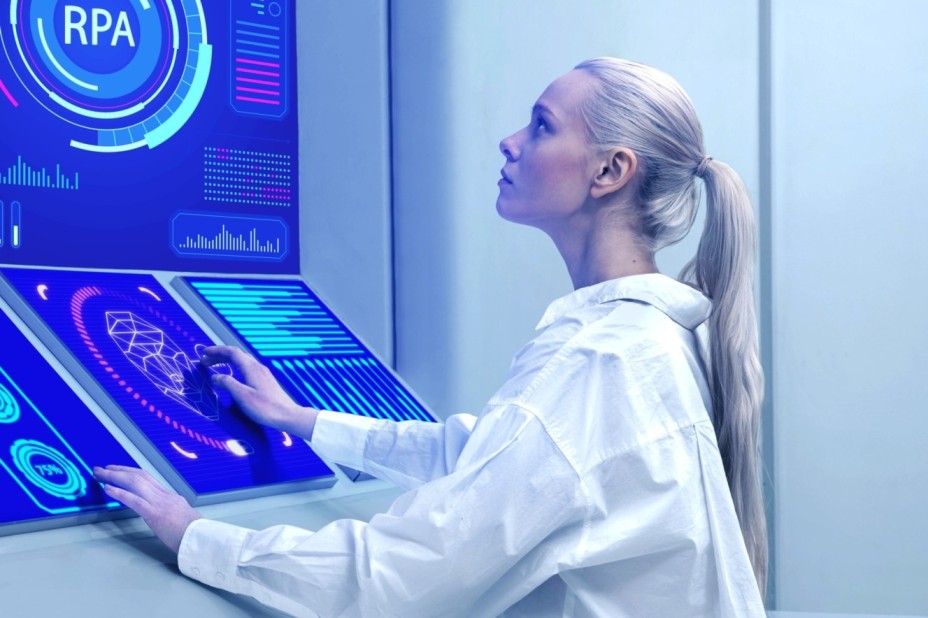In the fast-paced world of healthcare, where every second counts and precision is paramount, the integration of technology has become a game-changer. One such revolutionary stride is Healthcare Revenue Cycle Management (RCM) Automation. It’s not just a tech upgrade; it’s a transformation, a shift towards a more efficient and streamlined healthcare ecosystem. So, grab your metaphorical stethoscope, and let’s dive into the beating heart of this transformative process.
Understanding Healthcare RCM
What is Healthcare RCM?
Healthcare RCM, or Revenue Cycle Management, is the lifeline of any healthcare institution. It encompasses the entire patient journey, from appointment scheduling to the final payment. Think of it as a conductor orchestrating a complex symphony of administrative and clinical processes to ensure financial harmony.
Components of Healthcare RCM
Picture this as a symphony with various instruments playing together. Front-end processes like patient registration and appointment scheduling set the stage, followed by middle-office operations dealing with insurance claims and billing. The grand finale? Back-end processes that involve payment posting and follow-up.
Why is RCM Crucial?
The rhythm of RCM beats to the tune of financial stability. It ensures that healthcare providers receive timely and accurate payments for their services, allowing them to focus on what matters most – patient care.
The Symphony of Automation
Healthcare RCM Automation
Now, imagine this intricate symphony being conducted not by a person but by a technological maestro. Healthcare RCM Automation is the introduction of advanced technologies like Artificial Intelligence (AI) and Machine Learning (ML) to streamline and optimize the RCM process.
Benefits of Automation
Faster Billing Processes: With automation, billing becomes a swift and error-free task. The chances of errors in claims reduce significantly, ensuring faster reimbursement.
Enhanced Accuracy : Automation minimizes the risk of human error, ensuring that each step of the RCM process is executed with precision. This accuracy is crucial in a field where the smallest mistake can have significant consequences.
Improved Patient Experience: Automation simplifies administrative processes, making the entire patient journey smoother. From appointment scheduling to billing, the patient experience becomes more efficient and user-friendly.
A Musical Analogy
Think of Healthcare RCM Automation as turning a manual piano into an automated keyboard. The keys still create beautiful music, but now it’s faster, more precise, and less prone to errors.
The Impact on Healthcare Providers
The Butterfly Effect: How Automation Ripples Through Healthcare
Time is Money
In the healthcare industry, every moment counts. Automation frees up valuable time for healthcare providers, allowing them to redirect their focus from administrative tasks to patient care.
Financial Symphony
Revenue Maximization: Automation ensures that every service provided is accurately documented and billed, maximizing revenue for healthcare institutions.
Cost Efficiency: While the initial investment in automation might seem daunting, the long-term cost savings are substantial. Fewer manual errors mean fewer resources spent on rectifying them.
Patient-Centric Harmony
Streamlined Communication: Automation facilitates seamless communication between healthcare providers and patients. Appointment reminders, billing notifications, and follow-ups become personalized and timely.
Empowered Decision-Making: Automation provides healthcare professionals with real-time data, enabling them to make informed decisions promptly.
Overcoming the Challenges
Challenges of Healthcare RCM Automation
Implementation Hurdles
Integration Complexity: Integrating automation into existing systems can be challenging and time-consuming.
Resistance to Change: Human resistance to technology changes can hinder the smooth transition to an automated RCM system.
Continuous Improvement
Adaptation: The healthcare landscape evolves, and so should RCM automation. Continuous adaptation and updates are crucial to keep the system efficient and compliant.
Training and Education: Addressing the resistance to change requires thorough training and education for healthcare staff, ensuring a smooth transition and optimal utilization of the automated system.
The Future of Healthcare RCM
A Glimpse into Tomorrow’s Overture
Evolving Technology
AI Advancements: As AI and ML continue to advance, so will the capabilities of RCM automation. Predictive analytics and smarter decision-making processes are on the horizon.
Blockchain Integration: The integration of blockchain technology promises enhanced security and transparency, addressing concerns related to data breaches and fraud.
The Human Touch
While automation brings efficiency, the human touch in healthcare remains irreplaceable. The future of RCM lies in a harmonious blend of technology and human expertise.
Conclusion:
Healthcare RCM Automation is not just a buzzword; it’s a transformative melody reshaping the healthcare industry. As we witness the impact on efficiency, financial stability, and patient experience, it’s evident that the future of healthcare lies in the perfect harmony of human expertise and technological innovation.
So, as we embrace the symphony of Healthcare RCM Automation, let’s not forget to add our own notes, ensuring that the melody of patient care remains at the forefront. After all, in the grand orchestra of healthcare, every note, whether automated or human, contributes to the beautiful composition of efficient and effective healthcare delivery.

